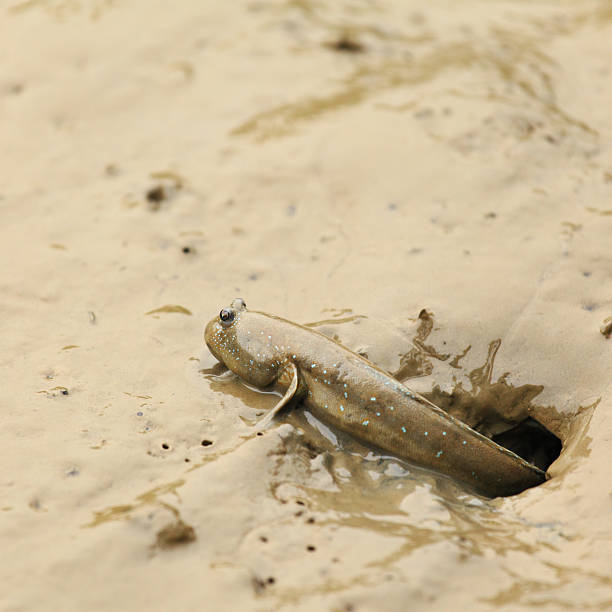Lungfish
The lungfish may be found all the way upstream to Lake Victoria. Unlike other fish, lungfish have one or two lungs through which they breathe air. Lungfish are most recognized for preserving ancestral Osteichthyes features, such as the capacity to breathe air, and ancestral Sarcopterygii structures, such as the existence of lobed fins with a well-developed internal skeleton. Lungfish are the tetrapods' closest surviving cousins.
Lungfish have been found in abundance since the Triassic period, according to the fossil record. While vicariance would suggest that this is an ancient distribution restricted to the Mesozoic supercontinent Gondwana, the fossil record indicates that advanced lungfish had a widespread freshwater distribution, and the current distribution of modern lungfish species reflects the extinction of many lineages following the breakup of Pangaea, Gondwana, and Laurasia. Historically, lungfish have been referred to as salamanderfish, however this word most commonly refers to Lepidogalaxias salamandroides.












